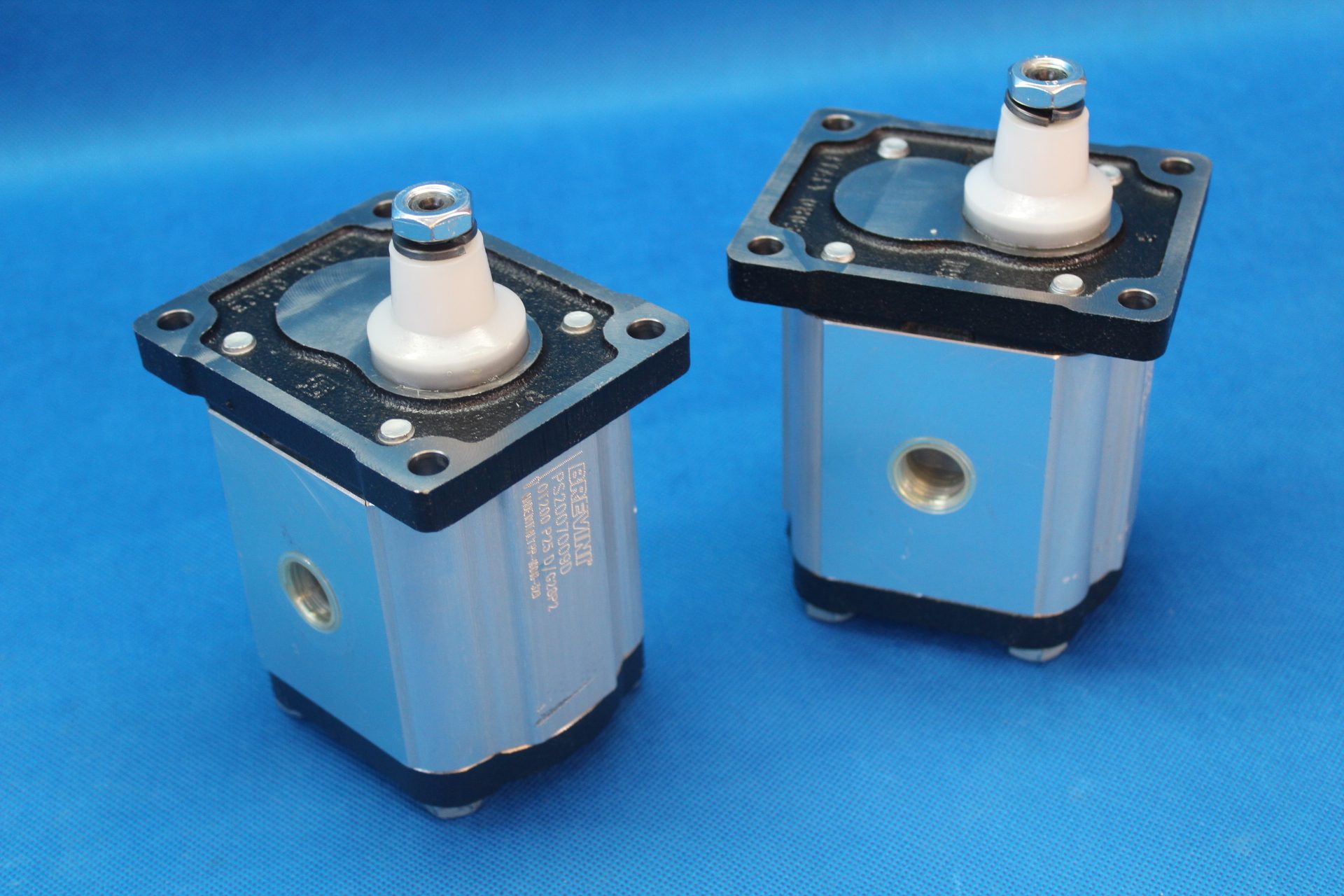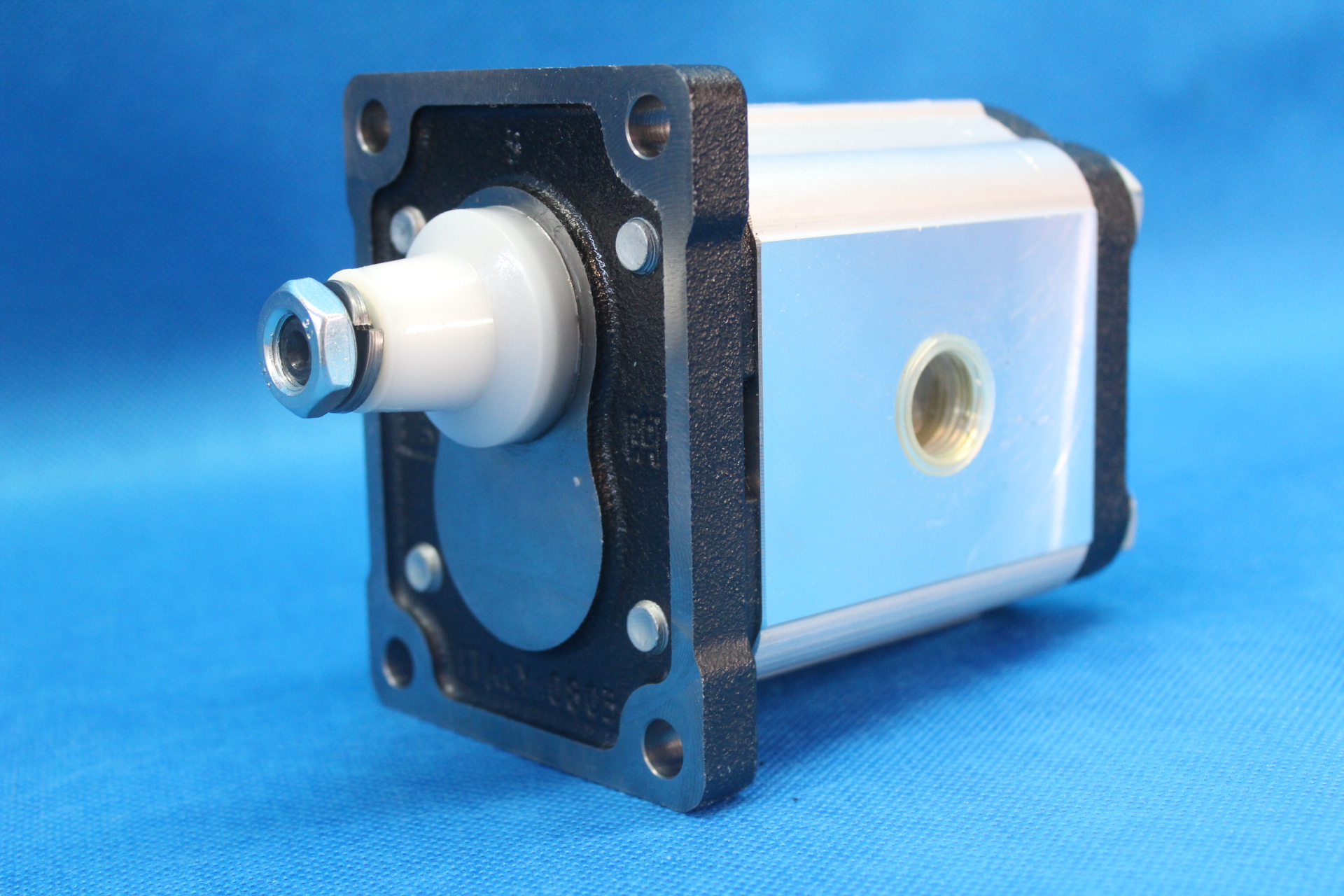Hydraulic motor
Hydraulic motors are the basis in the construction industry, agriculture and certainly in many other areas of life. Without them, our work would be much harder. But what are hydraulic motors and how do they work? You'll find out in this article!


All types of hydraulic motors have common design features which is a driving surface area subject to the pressure differential. A way of timing the porting of pressure fluid to the pressure surface to achieve continuous rotation and a mechanical connection between the surface area and an output shaft.
The ability of the pressure surfaces to withstand force, the leakage characteristics of each type of motor, and the efficiency of the method used to link the pressure surface and the output shaft determine the maximum performance of a motor in terms of pressure, flow, torque output, speed, volumetric and mechanical efficiencies, service life, and of course physical configuration.
.jpg)
.jpg)
Hydraulic motors can be either fixed - or variable-displacement. They operate bi-directionally or uni-directionally. Fixed-displacement motors drive a load at a constant speed while a constant input flow is provided. Variable-displacement motors can offer varying flow rates by changing the displacement. Fixed-displacement motors provide constant torque. Variable-displacement designs provide variable torque and speed.
Hydraulic engine is a motor that converts the potential and/or kinetic energy of a liquid into mechanical energy. The rule of its job is the inverse of the hydraulic pump - it converts high pressure into mechanical force in rotational motion. The working elements are the same as in the hydraulic pump, which is why hydraulic and multi-piston hydraulic motors are used. The hydraulic motor design allows it to be used as a power supply device. It then generates pressure regardless of the direction of rotation of the drive shaft.
Hydraulic motors are divided into:
-
Hydrostatic motors that convert the potential energy of a liquid into mechanical energy. Movement of the working element is caused by the working pressure of the spray liquid.
-
Hydrokinetic engine that converts the kinetic energy of a liquid into mechanical energy. Hydrokinetic engines are for example water wheel and water turbine.
Keep in mind that the three different types of motors have different characteristics. Gear motors work best at medium pressures and flows and are usually the lowest cost. Vane motors, however, offer medium pressure ratings and high flows, with a mid-range cost. At the most expensive end, piston motors offer the highest flow, pressure and efficiency ratings.
The topic of hydraulic motors could be pulled through the pages of texts because there are a lot of models and types in the world and there’s no way to exhaust their topic. However, we hope that the basics of the hydraulic engine are explained here.
 1470214M91.jpg)

